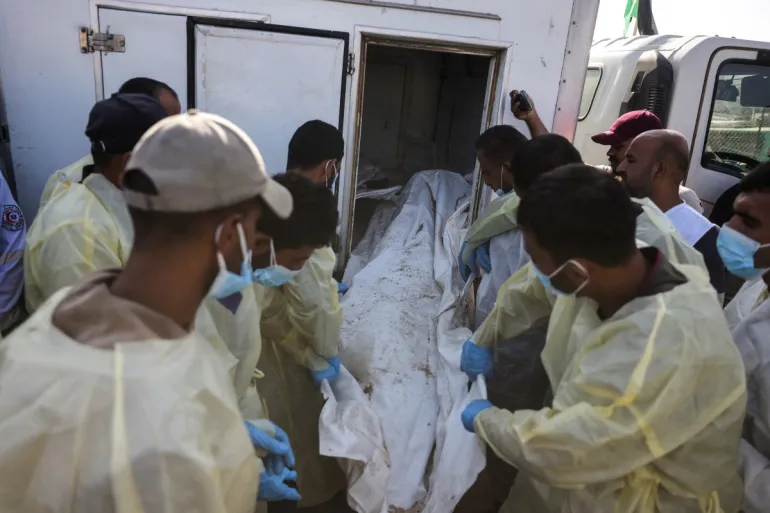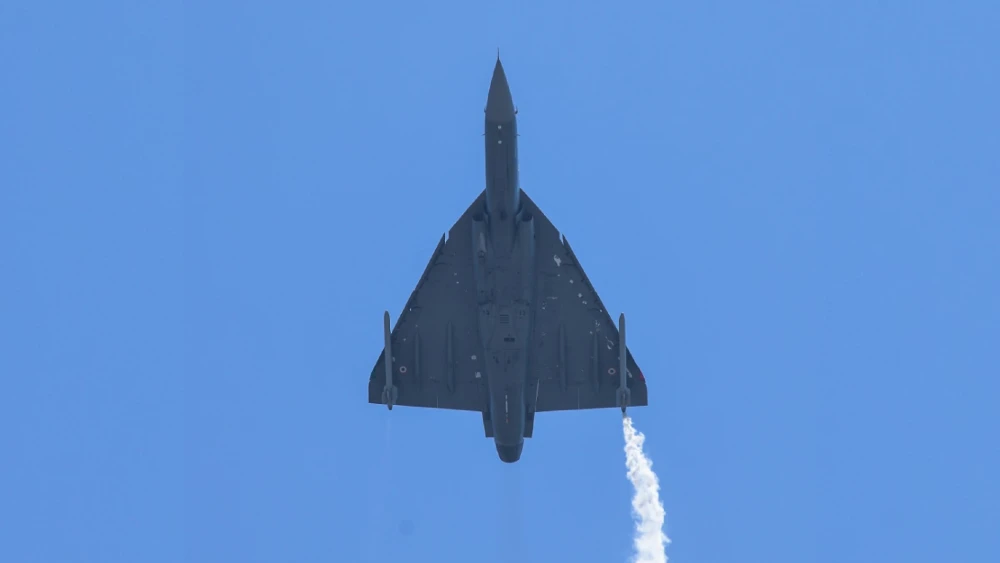ISLAMABAD: Indian aircraft manufacturer Hindustan Aeronautics Ltd said on Monday that the deadly crash of its Tejas light combat aircraft at the Dubai Airshow on Nov. 21 will not disrupt production or derail the company's export ambitions.
In an official statement, the aircraft manufacturer described Friday's incident as an "isolated occurrence." It said production and delivery schedules would remain on track.
An Indian Air Force pilot died when his Tejas fighter crashed during an exhibition flight at the international aviation showcase on Nov. 21. Witnesses reported the jet spiraled out of control during a close-to-ground flight sequence before exploding on impact. Authorities confirmed no bystanders were harmed.
Military investigators have opened a formal inquiry into the cause of the mishap. HAL and General Electric, the firm that manufactures the jet's engine, said they would provide complete assistance to the probe.
"We remain steadfast in our commitment to both the investigation process and the program's continued advancement," the company said. "The accident will not alter our manufacturing capacity or international market strategy."
This represents the program's second major mishap, following a 2024 incident on Indian soil in which the aviator survived.
About the Tejas program
The fighter jet represents India's homegrown answer to its reliance on foreign military hardware, aimed explicitly at replacing deteriorating Soviet-designed warplanes. General Electric turbines power the single-engine jets, which HAL markets to nations requiring affordable modern combat capability.
Government approval for the Light Combat Aircraft initiative came in 1983, with the Aeronautical Development Agency formed the following year to oversee development. The objective was to create a domestic alternative to the air force's obsolete MiG-21 inventory.
Initial flight testing occurred on Jan. 4, 2001, when the first experimental model took to the skies. The then-Prime Minister Atal Bihari Vajpayee selected the Sanskrit designation two years later: "Tejas," which translates variously as brilliance, fire, or radiance. Government communications at the time talked about the symbolic importance of the indigenous aerospace achievement, as reported by local Indian media.
Operational squadrons began receiving aircraft in July 2016, marking the conclusion of a development cycle spanning more than three decades.
The aircraft
The crashed aircraft was identified as a Tejas Mark 1, representing HAL's baseline combat aircraft. Military procurement records show it came from an initial 40-unit order cleared for full operational deployment.
Factory deliveries for this contract spanned 2016 through 2021, suggesting the aircraft had accumulated multiple years of flight operations.
Current operations and market impact
No foreign air forces currently fly the aircraft type. Indian military branches, both air force and naval aviation, represent the sole operators worldwide.
Company executives insisted their financial stability and underlying business strength remained intact despite the setback. However, share prices declined 3% through Monday's closing bell, with the stock continuing to trade lower.

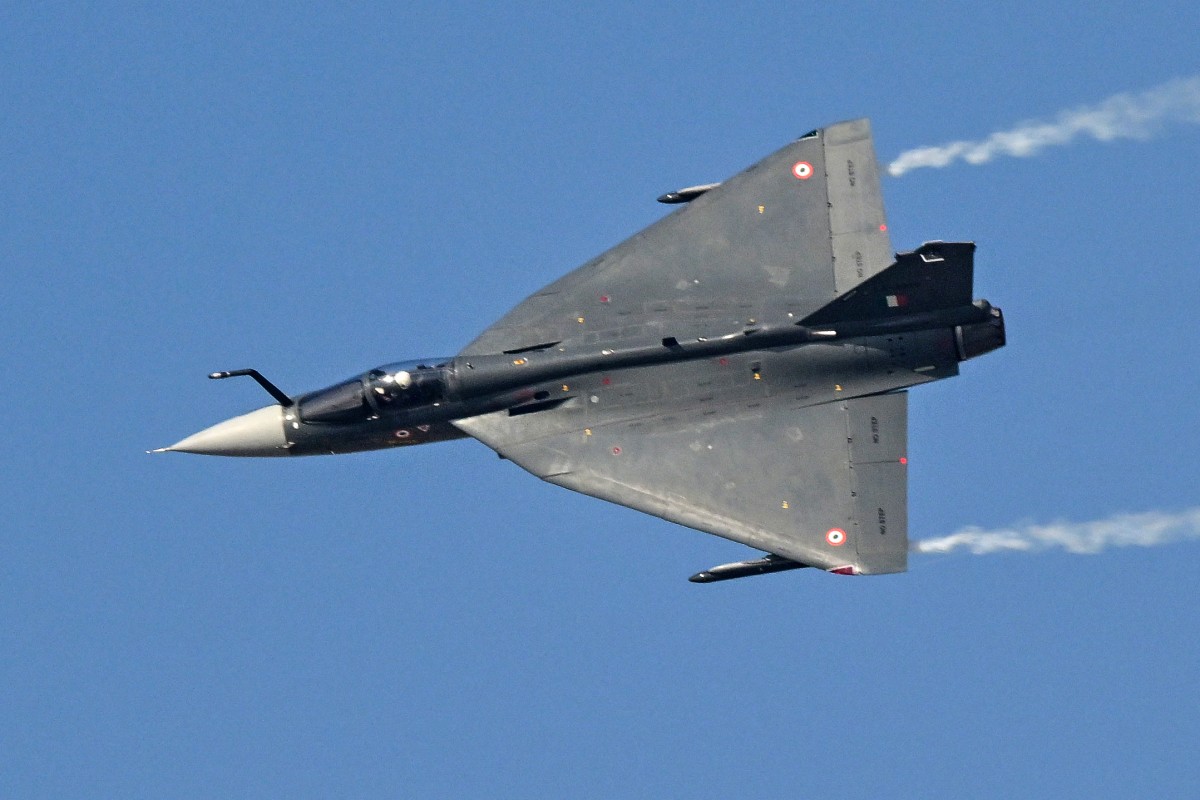

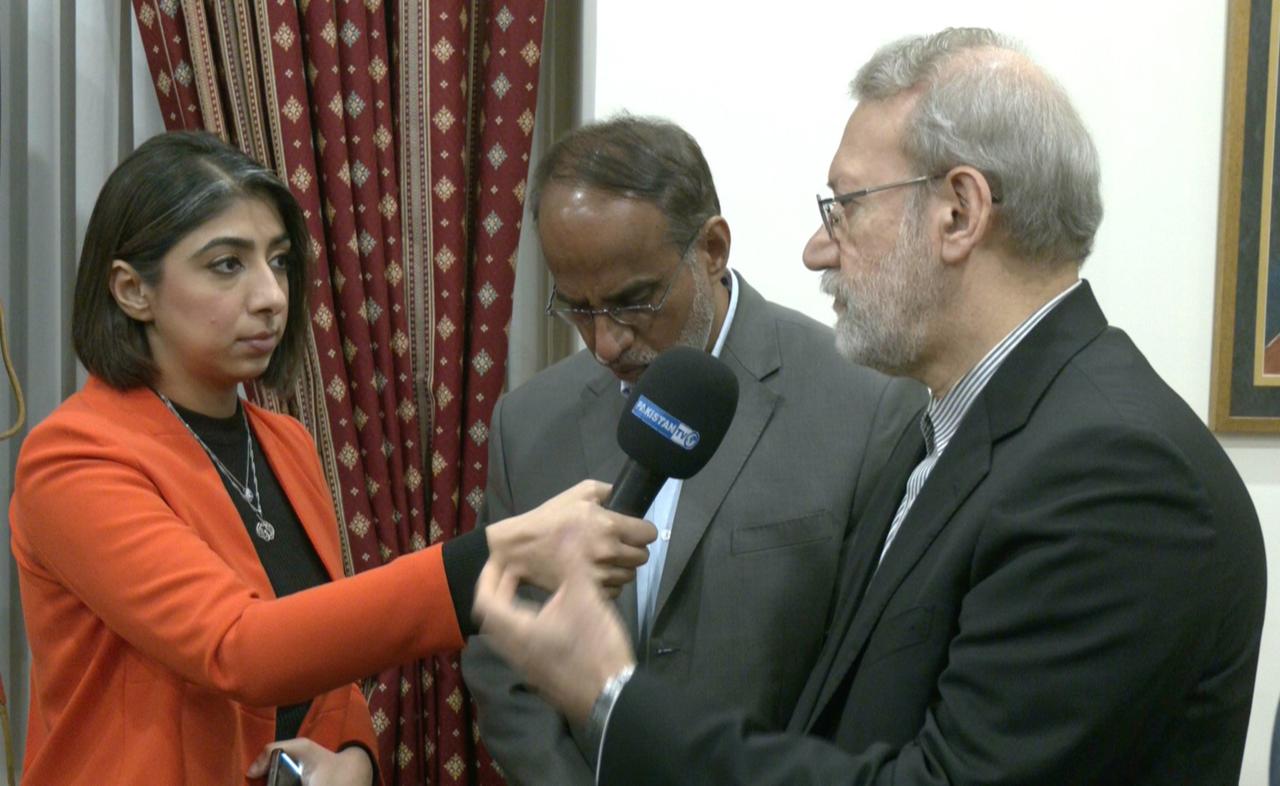

.jpg)
